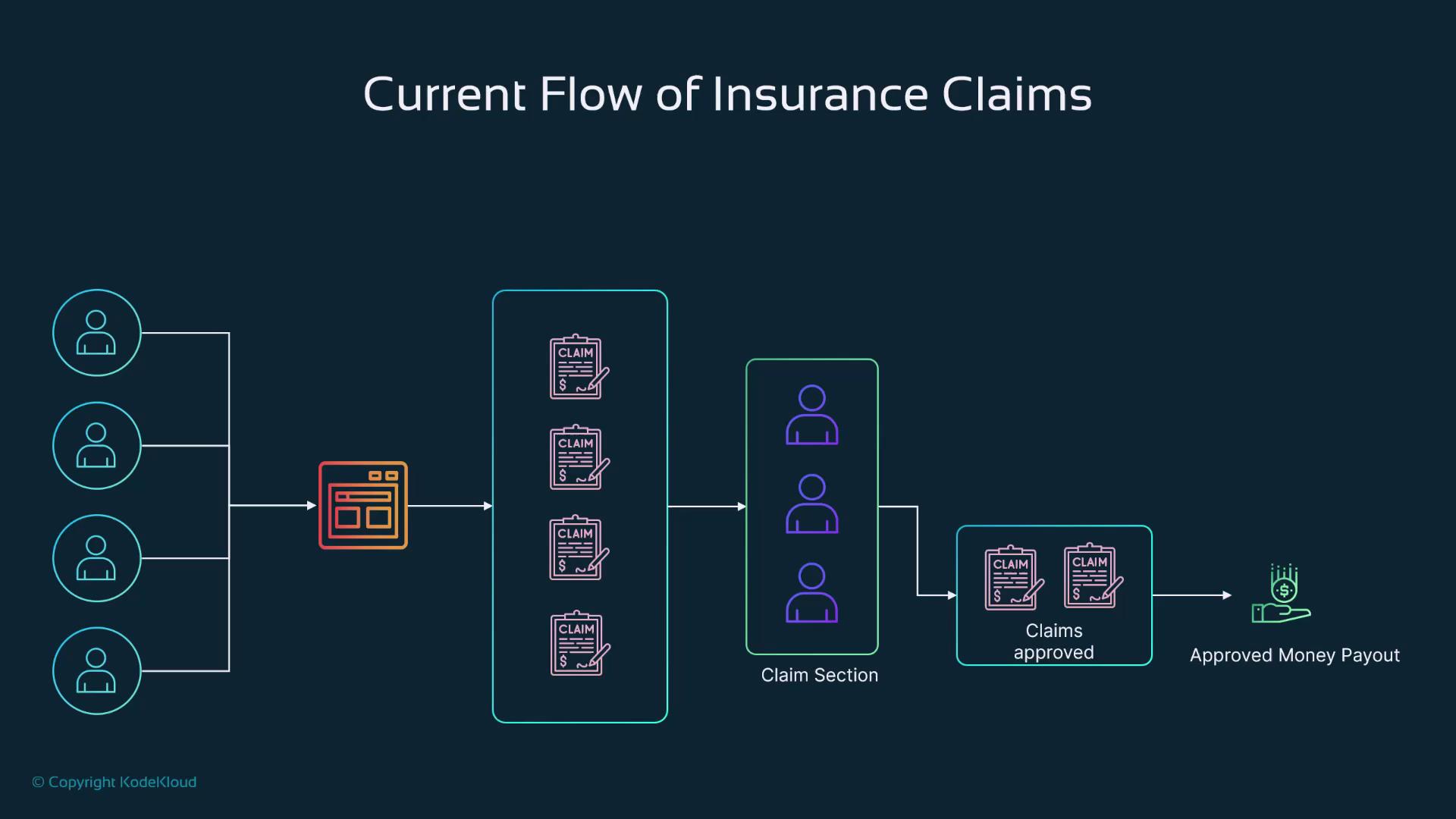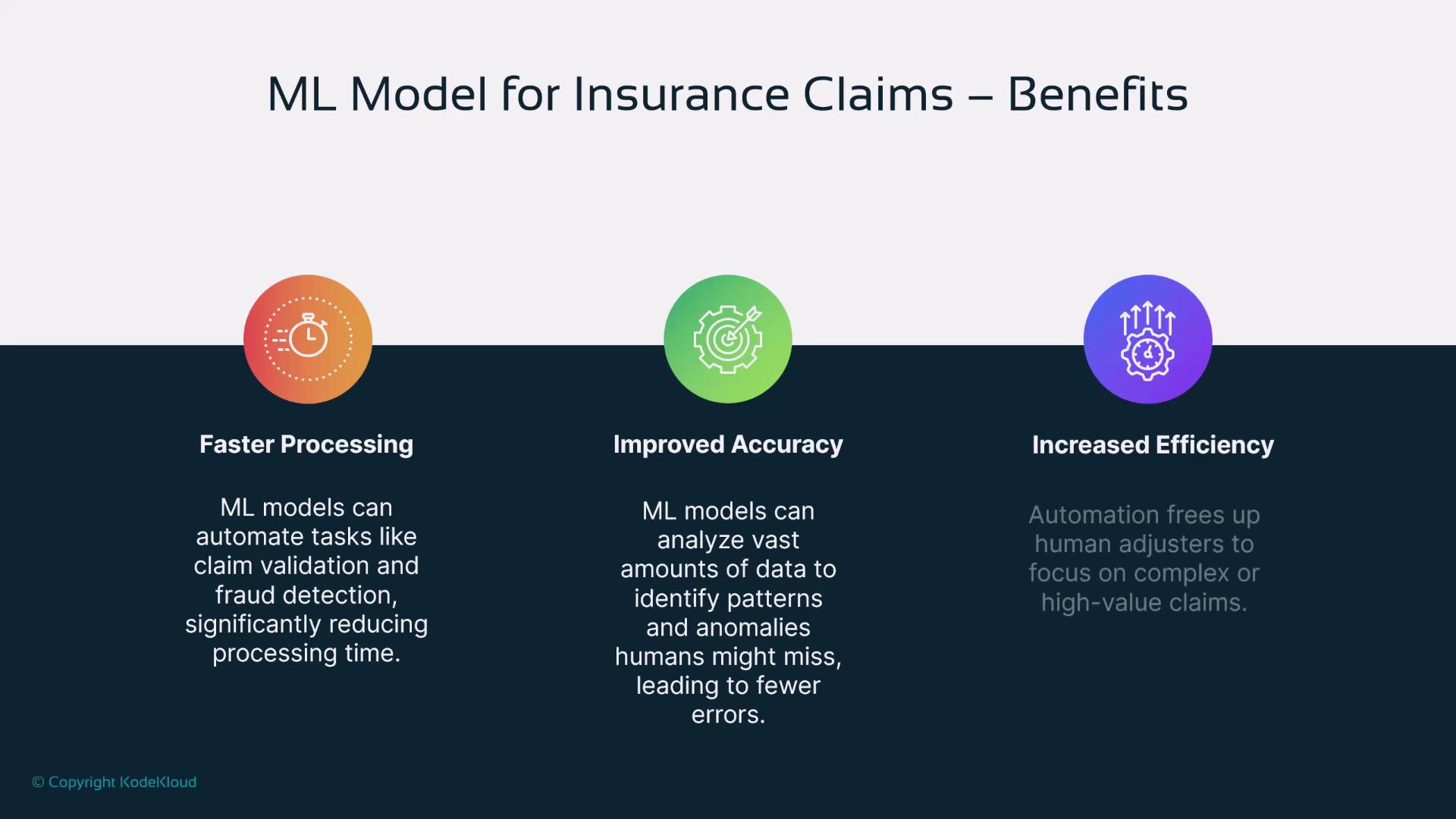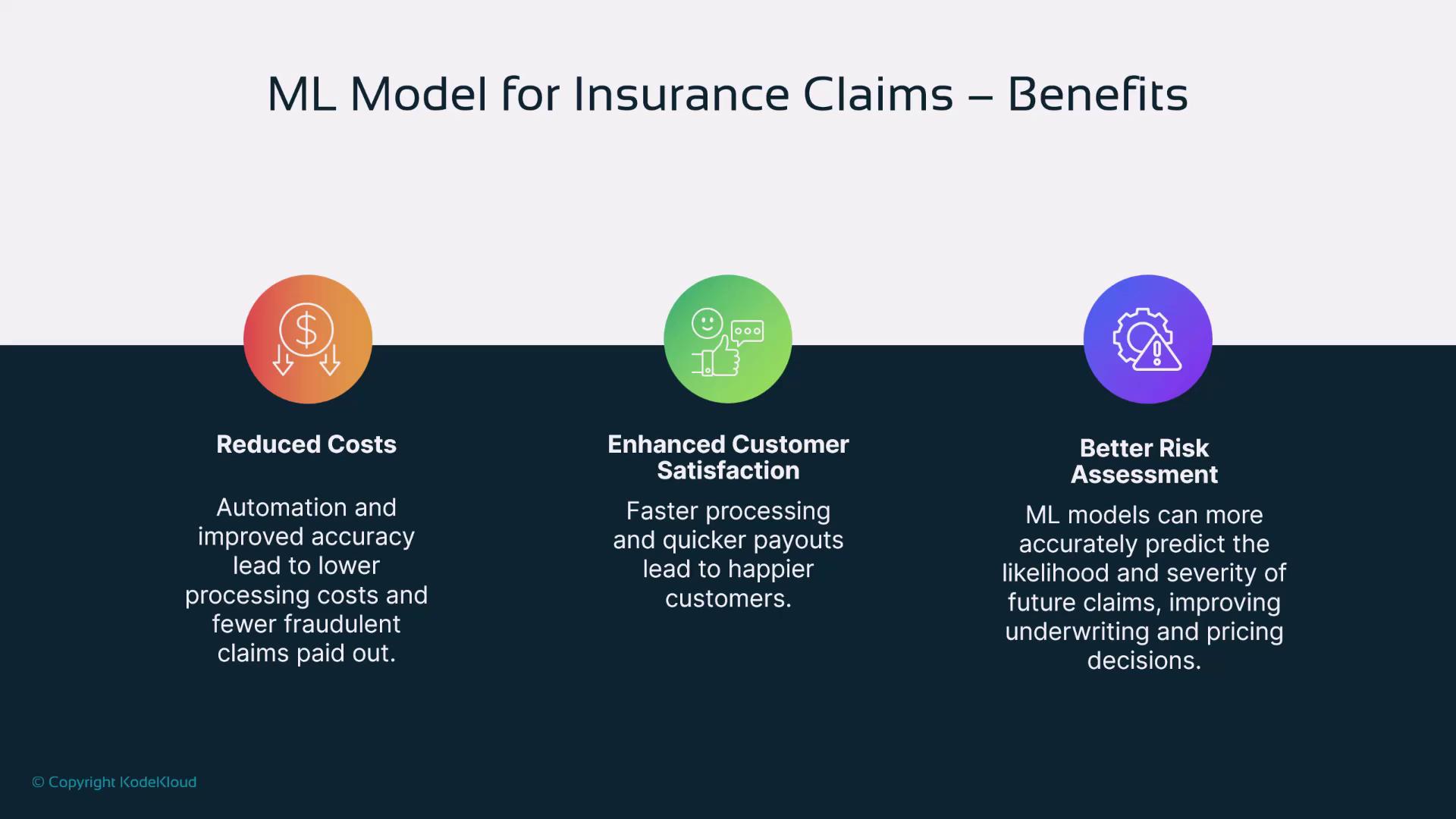Fundamentals of MLOps
Automating Insurance Claim Reviews with MLflow and BentoML
Deploy App for Insurance Agents to Upload all Insurance Claims
Welcome to this comprehensive guide demonstrating how to integrate an end-to-end ML pipeline into an insurance claims process. In this article, we combine model development, experiment tracking, and model serving to automate and optimize the insurance claim procedure.
Current Insurance Claims Process
Typically, users submit insurance claims via web or mobile applications. Once received, the claims undergo manual processing by insurance claim agents who classify them into two categories:
- Claims that are approved immediately, resulting in an automatic payout.
- Claims flagged for further review due to anomalies in the provided data. These are forwarded to the claim reinvestigation department for detailed analysis. If additional documents are required and later verified, the claim is approved and processed accordingly.

Enhancing the Process with Machine Learning
Introducing an ML model into the workflow transforms the process. While users still submit claims traditionally, the initial review is automated using an ML model that categorizes the claims into:
- Claims that are automatically approved and directly processed for payout.
- Claims that warrant further review, which are then sent to the reinvestigation department for additional document verification before final approval.
Integrating an ML model accelerates the workflow, reduces manual intervention, and minimizes operational costs while maintaining high standards of accuracy.
Key Benefit
Integrating machine learning significantly reduces the time required to process claims and minimizes errors by automating repetitive tasks, thus allowing human agents to focus on complex cases.
In this demo, you will learn how to build a web portal for uploading batches of insurance claims. The ML model will analyze each batch and flag only those claims that require further manual review, streamlining the overall claims handling process.
Advantages of Using an ML Model in Insurance Claims
Faster Processing
Manual validation of insurance claims can take days or weeks. By automating the tasks of claim validation and fraud detection, ML models can review thousands of claims in seconds and instantly flag anomalies. This results in a significantly reduced turnaround time and an enhanced customer experience.
Improved Accuracy
While human reviewers may overlook subtle anomalies in large datasets, ML models are adept at identifying these patterns. This capability results in more accurate detection of fraudulent claims and minimizes errors, thereby protecting the company from potential losses.
Increased Efficiency
When routine tasks are automated, skilled claim agents can allocate their expertise to high-value or complex cases. This collaboration between human professionals and automated systems produces an optimized workflow benefiting both customers and the company.

Reduced Costs
By automating claim validation and fraud detection, insurance companies can achieve significant cost savings through reduced administrative overhead and fewer payouts on fraudulent claims. These savings may be reinvested to enhance service offerings or passed on to customers in the form of lower premiums.
Enhanced Customer Experience
A faster claims processing system directly translates to quicker payouts, resulting in greater customer satisfaction and building trust between insurers and policyholders.
Better Risk Assessment
ML models also offer predictive insights by analyzing historical claim data. These insights empower insurers to make informed decisions regarding underwriting and pricing strategies, leading to improved risk management.

Moving Forward
In the demo section, we will incorporate all the tools and techniques discussed to create an ML-powered service integrated into a web portal. This platform will enable insurance claim agents to upload batches of claims, where the ML model automatically analyzes and flags those that require further review.
Get Started
Before proceeding with the demo, ensure that you have set up your environment with the necessary tools for model development, experiment tracking, and deployment.
Thank you for following along in this lesson. We look forward to exploring more advanced topics in the next article.
Additional Resources
Watch Video
Watch video content